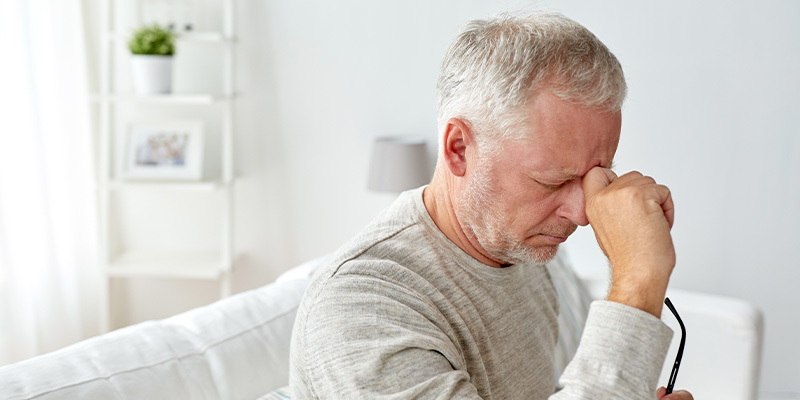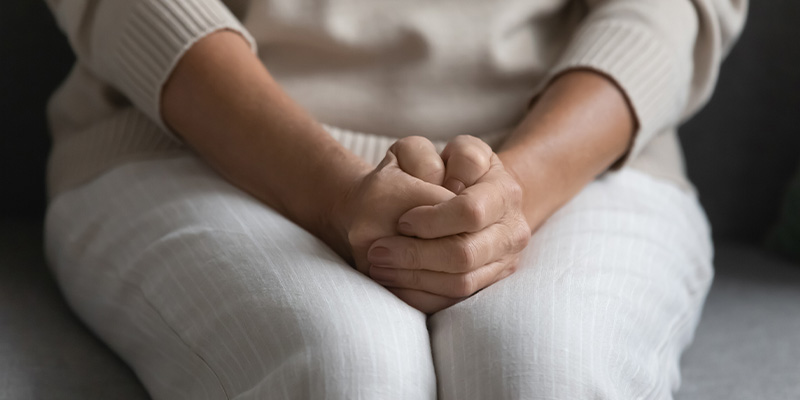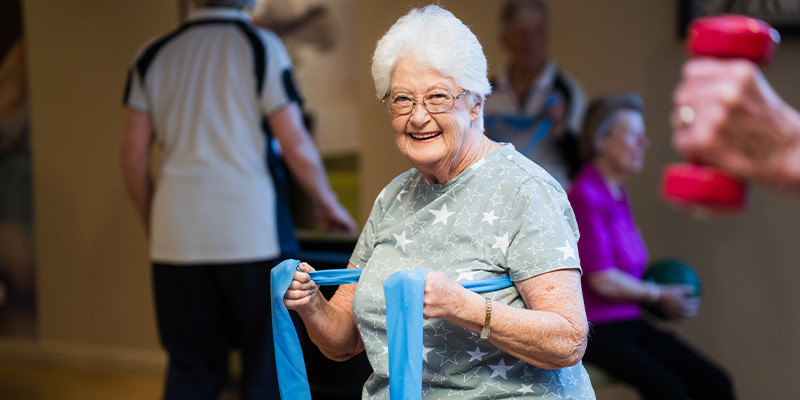Simple hip exercises for seniors
Simple hip exercises for seniors

As you get older, exercising safely and keeping your body strong really starts to make a positive difference – and your hips will thank you for it. When they are strong and flexible, it’s easier to stay active, avoid aches and pains, and keep doing the things you love, on your own terms.
Why are hip exercises so important for seniors?
About half of older adults feel some kind of hip pain or discomfort, and when your hips start to get stiff or weak, everyday things like walking or climbing stairs can become harder than they used to be. That’s why it’s so important to keep your hips moving and strong with regular, gentle exercises.
Staying active doesn’t just help you feel better – it can ease pain and lower your risk of falls, which are one of the most common causes of injury for older New Zealanders.
For many people, hip problems creep in slowly over time. Conditions like arthritis or bursitis are common and can lead to aches, stiffness, and trouble getting around. When your hips lose flexibility, even small things – like getting out of a chair or hopping in the car – can feel like a big effort.
To help with this, we’ve created some exercises for you to try.

Safety considerations when starting exercises
Before starting any exercise routine, it’s important to keep safety in mind. If you have chronic conditions like arthritis or bursitis, it’s a good idea to check with your doctor or physiotherapist to ensure the exercises you choose are safe for you.
Make sure you have a clear, safe space to exercise, and always work within your own ability. You might find it helpful to have something sturdy to hold onto for balance, like a chair, bench, or table. And don’t forget to take breaks when you need them.
Some tips to exercise safely:
- Warm up before exercising to prepare your muscles and prevent injury.
- Start slowly, and gradually increase the intensity of your exercises.
- Focus on form rather than speed, especially with balance exercises.
- Use supportive equipment, like a chair or wall for stability if needed.
- Stay hydrated and avoid overexertion, especially on warm days.
How can I relieve hip pain?
Relieving hip pain often involves a combination of rest, physiotherapy, and daily stretching and strengthening exercises that can be done at home.
The most effective exercises focus on strengthening the muscles around your hip, improving flexibility, and enhancing mobility while reducing joint strain. Incorporating these movements into your routine can improve hip stability, relieve discomfort, and support long-term joint health without the risk of overuse.

Free exercise videos for seniors
Below are a series of videos containing exercises you can do in your own home. Remember to have something to hold onto for balance, such as a chair, bench or table.
Disclaimer: All the exercises in the videos are completed at your own risk. Make sure you have a safe area to exercise, like a flat even surface that is free of any hazards. Also make sure you exercise to your own ability and adapt the exercises accordingly, if needed. You may find it helpful to have something to hold onto for balance, such as a steady chair, bench or table. If you begin to feel unstable or tired, stop and take a break. If you continue to feel discomfort or unwell, then please promptly consult your medical professional.
Calf raises and leg abductions
Calf raises might seem simple, but they help build strength in your lower legs, which keeps you steady and takes pressure off your hips. Leg abductions work the muscles on the outside of your hips, giving your pelvis more support and easing pain when you move.
Leg curls
Leg curls strengthen your hamstrings, which support your hips by keeping your movements balanced and your posture in check. Strong hamstrings take some of the load off your hips, helping to ease pain and improve how you move day to day.
Knee bends
Knee bends help by gently working the muscles around your hips, knees, and thighs, building strength without putting too much strain on your joints. They also keep your hips moving smoothly, which can ease stiffness and reduce everyday discomfort.
Balance exercises
Balance exercises train your body to stay steady, which takes pressure off your hips and helps prevent awkward movements that can cause pain. By improving coordination and control, they make everyday activities feel easier and more comfortable.
Ryman Triple A exercise classes
At Ryman, we believe you’re never too old to exercise – you just need to find what’s right for you. Ryman’s free Triple A exercise programme is available to all Ryman residents. It’s designed specifically for older people, is ACC approved and accredited, and designed to enhance the quality of your life and overall wellbeing.

Try a full Triple A class in your own home
Curious? If you’d like to try a Triple A class for yourself in the comfort of your own home, this class below will take approximately 30-35 minutes. Try this at your own pace and take breaks whenever you need to.
Health and wellness at Ryman
Living at a Ryman village is all about the lifestyle, and a big part of enjoying life to the full is feeling fit and healthy. Which is why, in addition to our Triple A classes, many of our villages have amenities like gyms, recreation rooms, and swimming pools, all designed to enhance your overall wellbeing. Click here to learn more about Ryman or contact us for more information.
by Christine McCurdy | Jun 3, 2025
Subscribe to our blog newsletter
You May Also Like
These Related Stories

Sleep and insomnia in older adults

Anxiety in older adults


